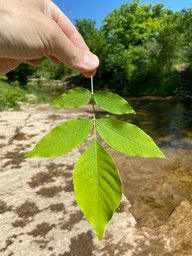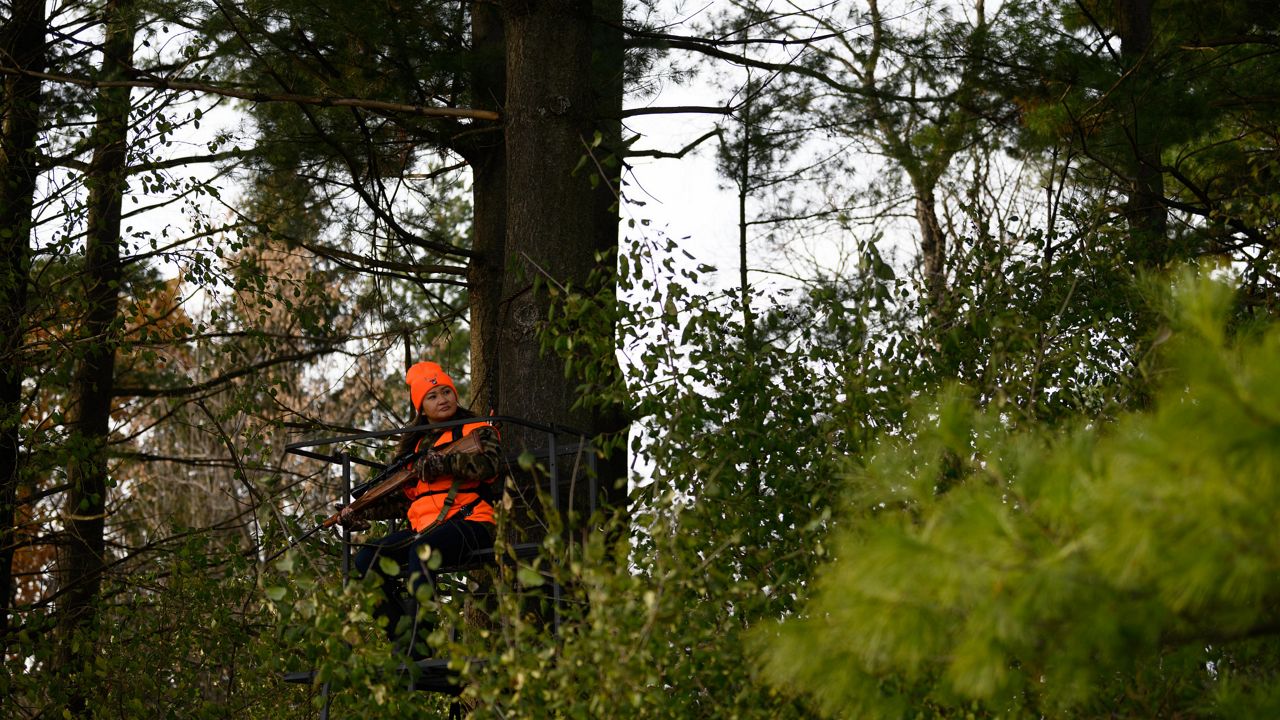MADISON, Wis. — Deer hunters should avoid placing their deer stands in or near ash trees this deer season, according to the Wisconsin Department of Natural Resources (DNR).
Much of the state’s ash trees — focused in the southern half of Wisconsin, Door County and the Mississippi River counties — suffer from emerald ash borer infestation. The invasive insect causes ash trees to die.
And although there are certain regions where it’s reported, the infection is also likely present in additional locations around the state.
Trees infested with emerald ash borer have a higher tendency to snap unexpectedly or drop large branches, meaning hunters could fall or be injured. Tree stand-related accidents are the leading cause of serious injury to deer hunters. That’s why the DNR cautioned hunters to stray from placing their stands in these types of trees.
But it’s not only placing stands in ash trees that should be a concern to hunters.
In windy conditions, infected trees can still lose branches, so hunters should also be aware of these trees while they’re on the ground or looking for another spot to put their stand.
“Dead and dying ash trees are structurally weaker than healthy trees, so they are not safe places to put deer stands,” said Bill McNee, DNR Forest Health Specialist. “In many cases, it can be hard to tell if a tree has been infested by emerald ash borer, so hunters should place deer stands in other types of trees instead.”

Ash trees can be identified by their opposite branching patterns, or two branches coming off the main stem directly across from one another, and compound leaves of 5-11 leaflets.
Ahead of the hunting season, the DNR also offered some general advice related to tree stand safety.
They encouraged hunters to wear a full-body harness, or a fall-arrest system, which involves connecting to a short tether line that will keep them in their seat should they fall.
Having three points of contact is also crucial when climbing into and out of the stand. Three-point contact could be a combination of two hands and one foot, or two feet and one hand.
When climbing down, hunters should use a lifeline that keeps them connected from the moment they leave the ground to when they get back down. Firearms or bows, and any other heavy equipment, should also be raised or lowered using a haul line.
The DNR has a full page on tree stand safety, which you can reference prior to the deer hunting season.



